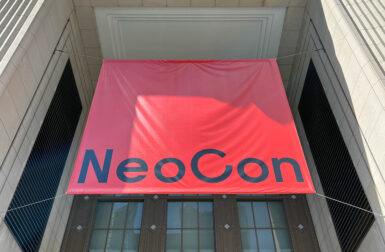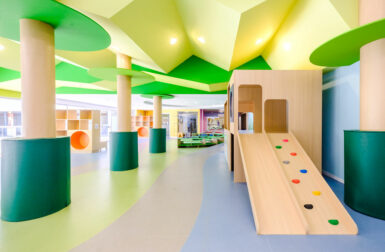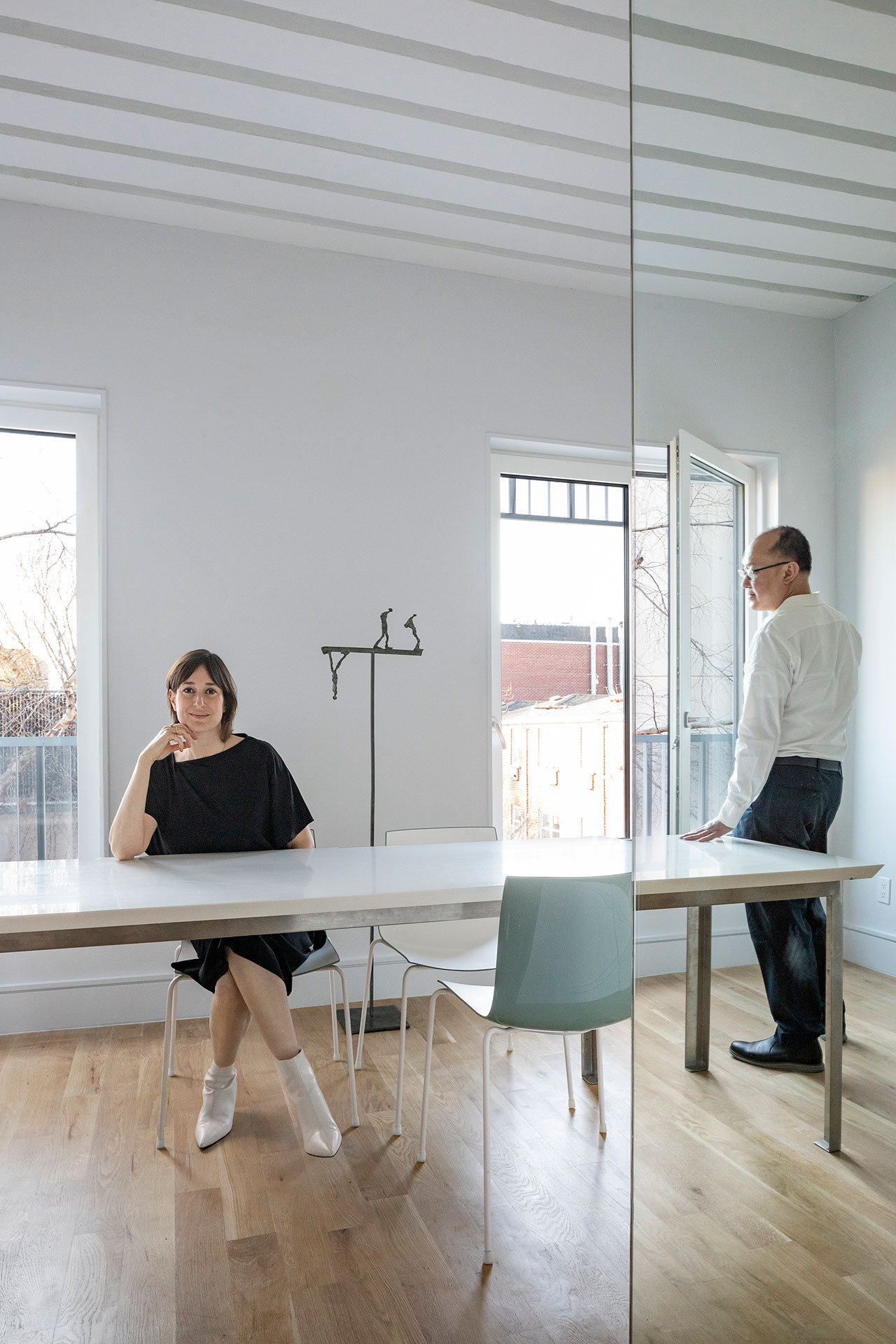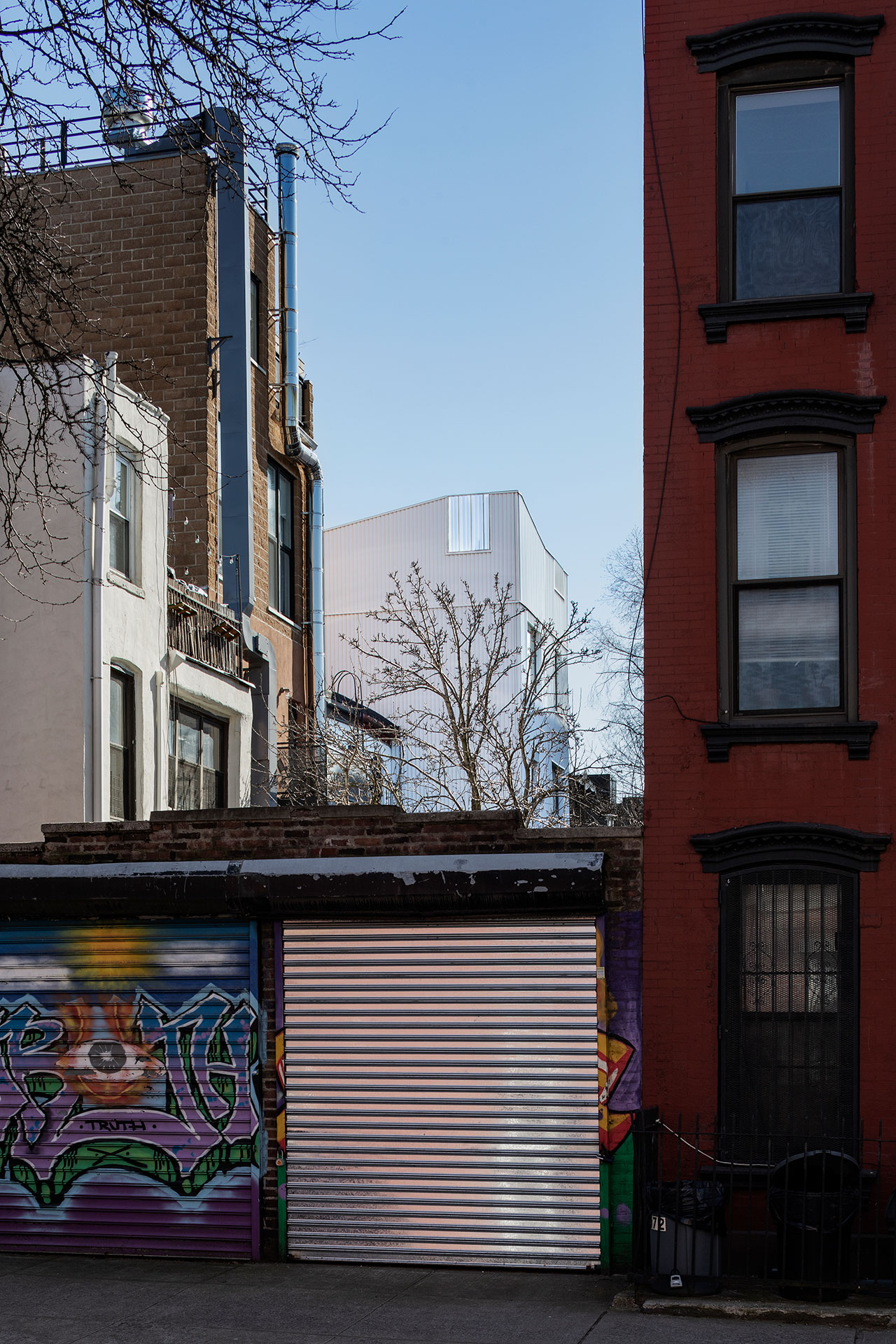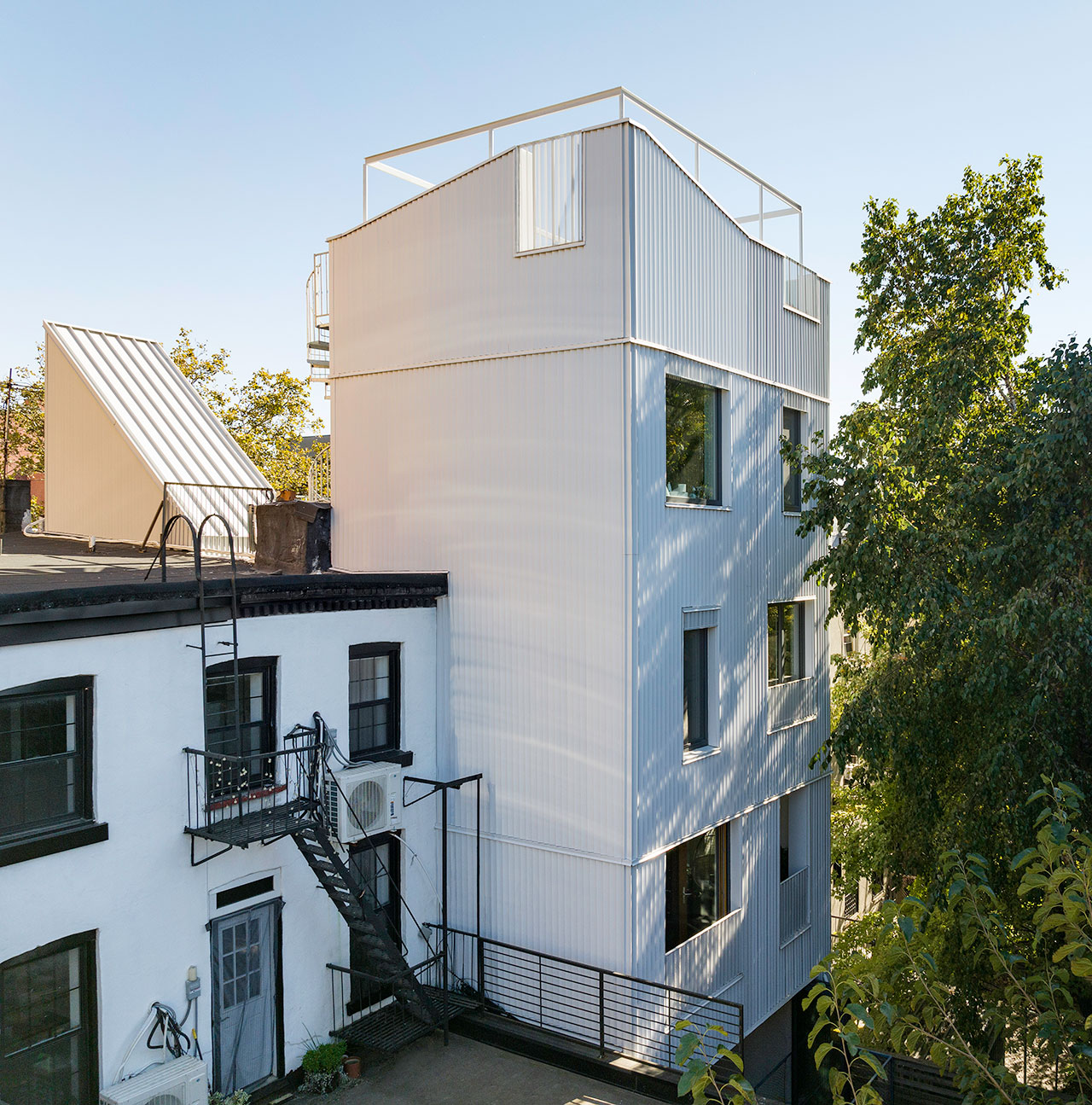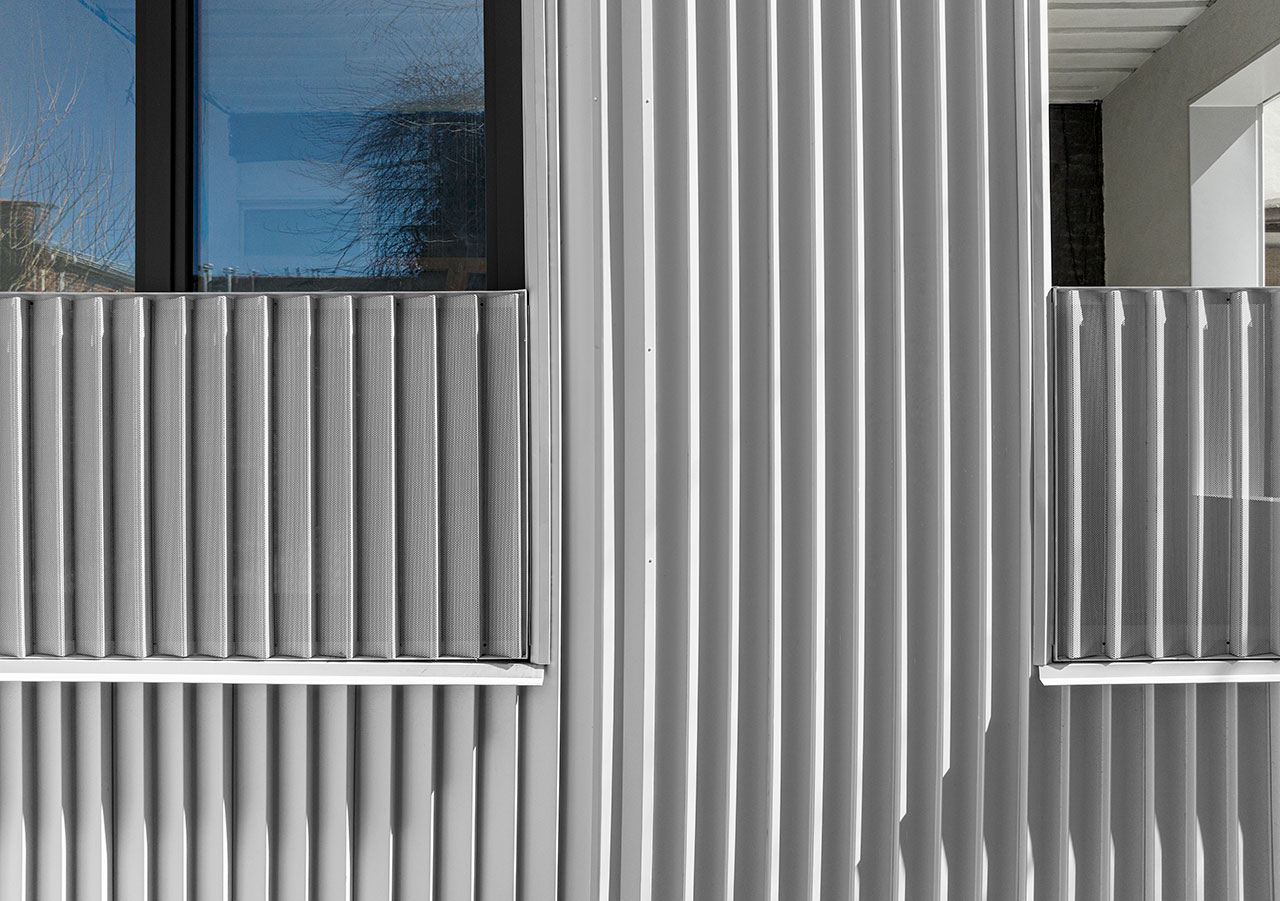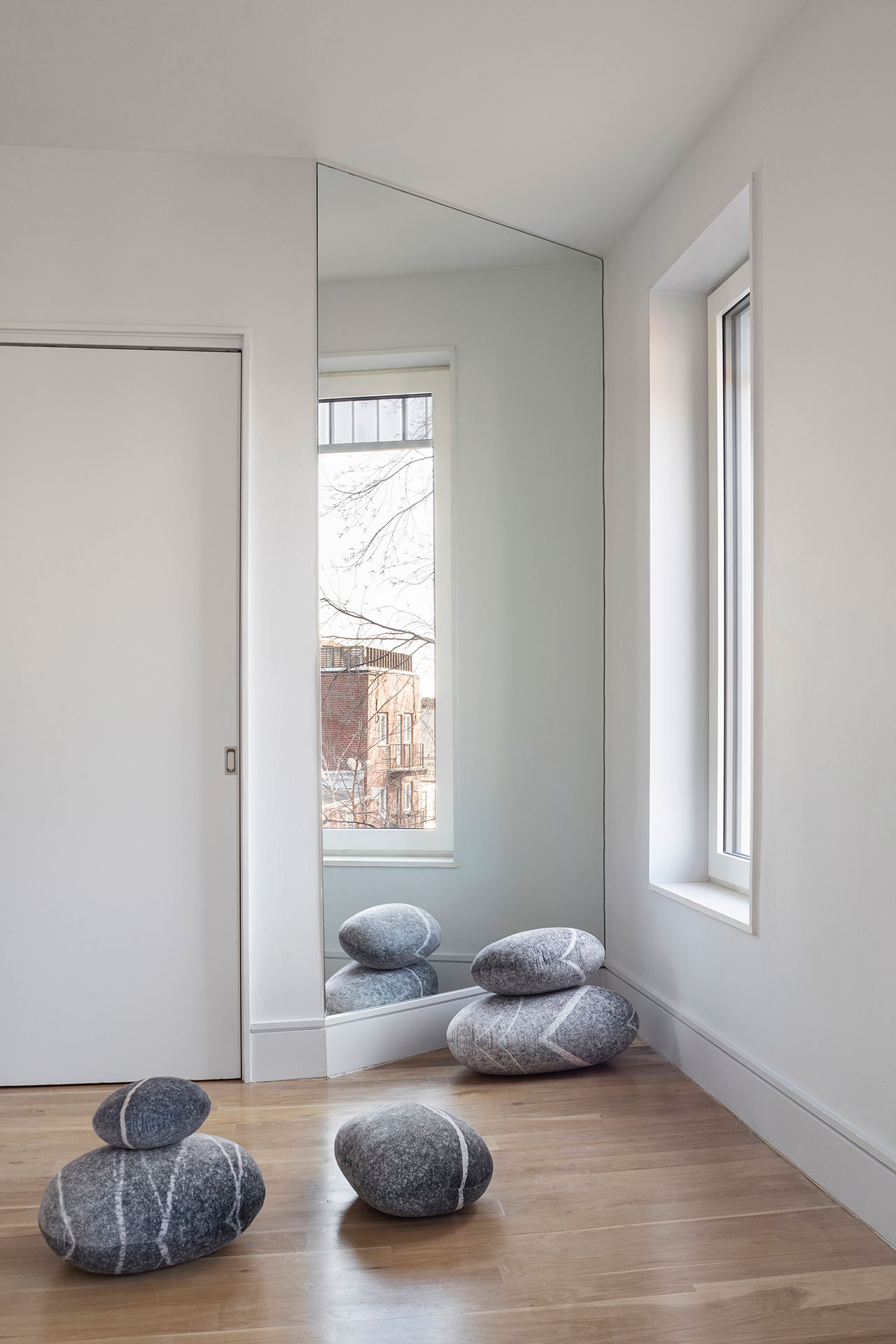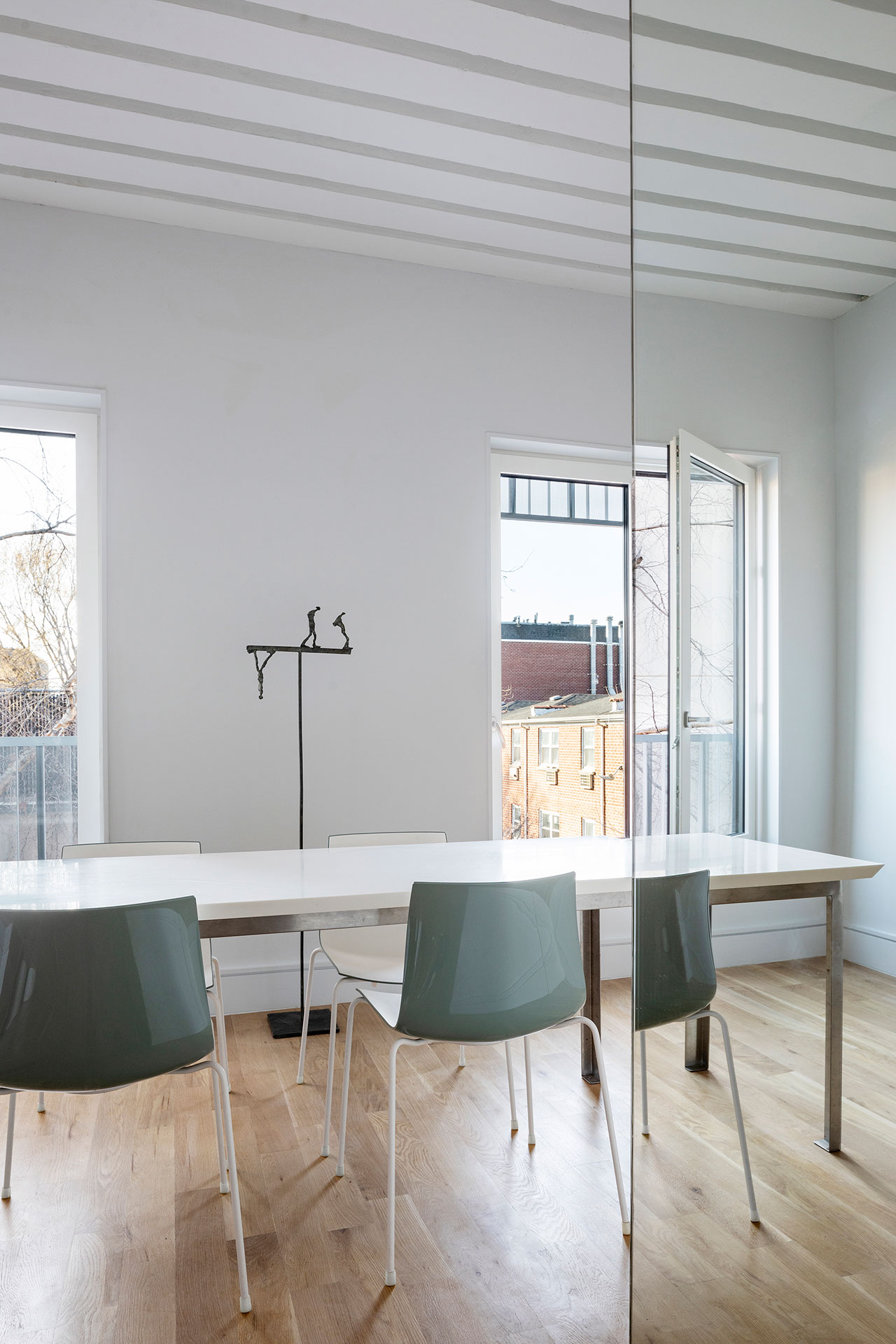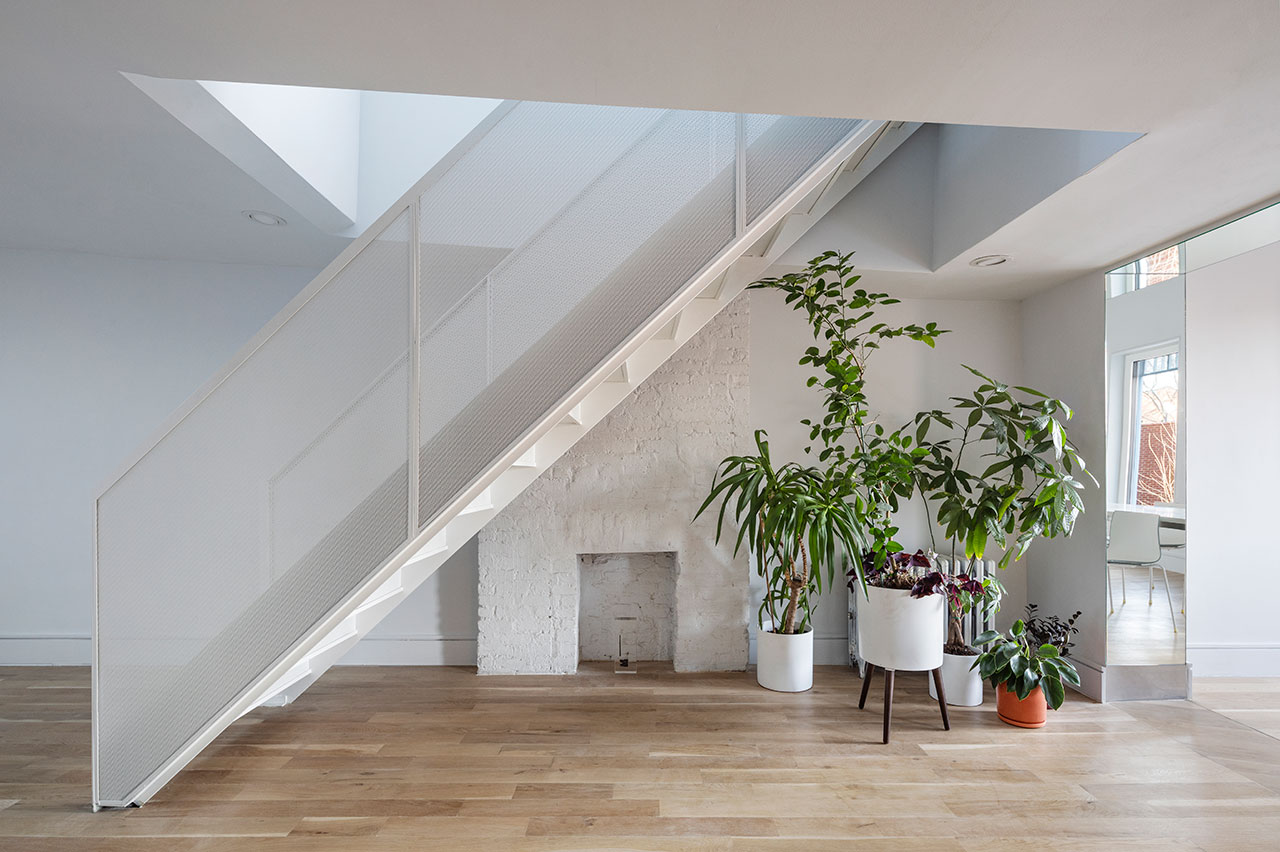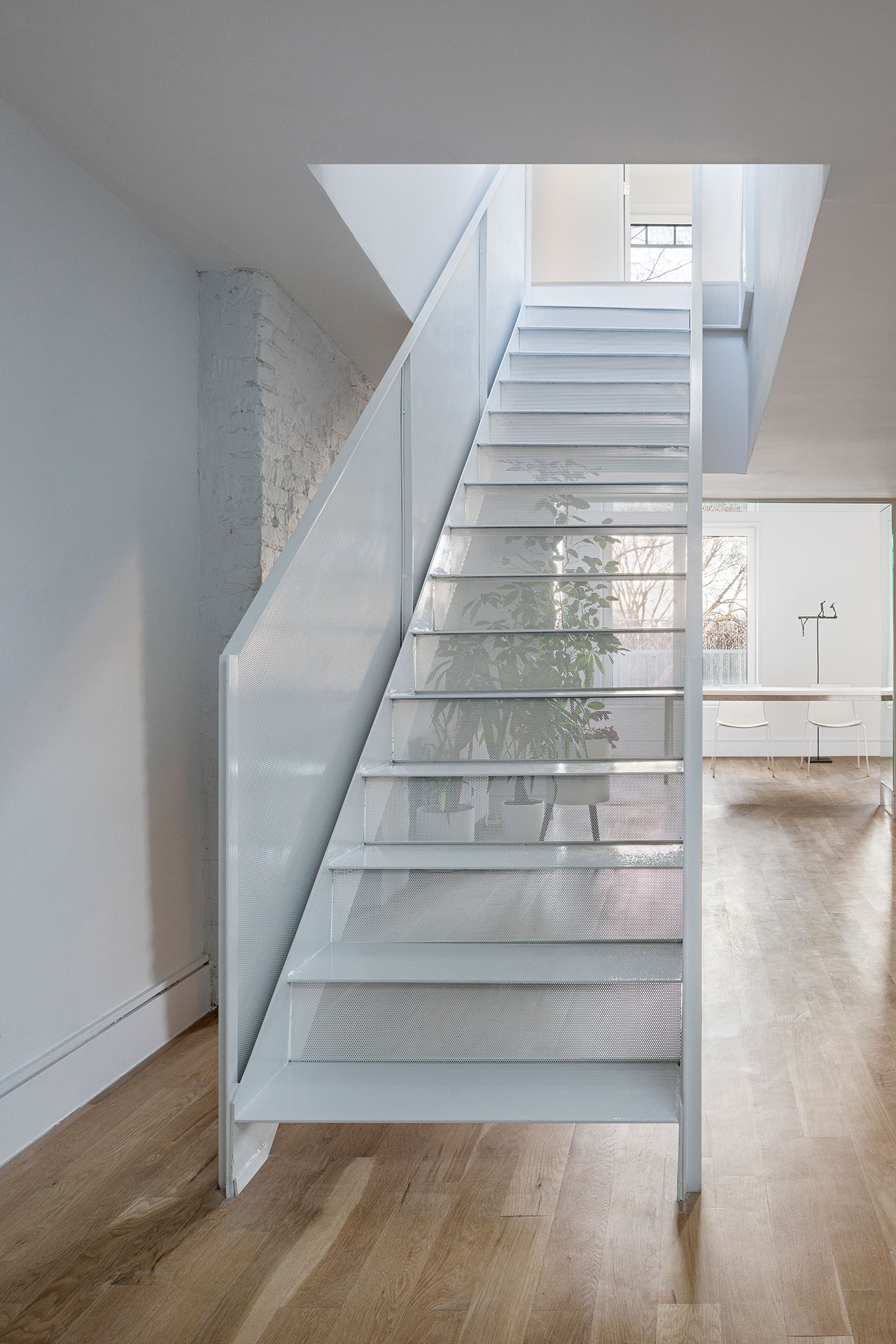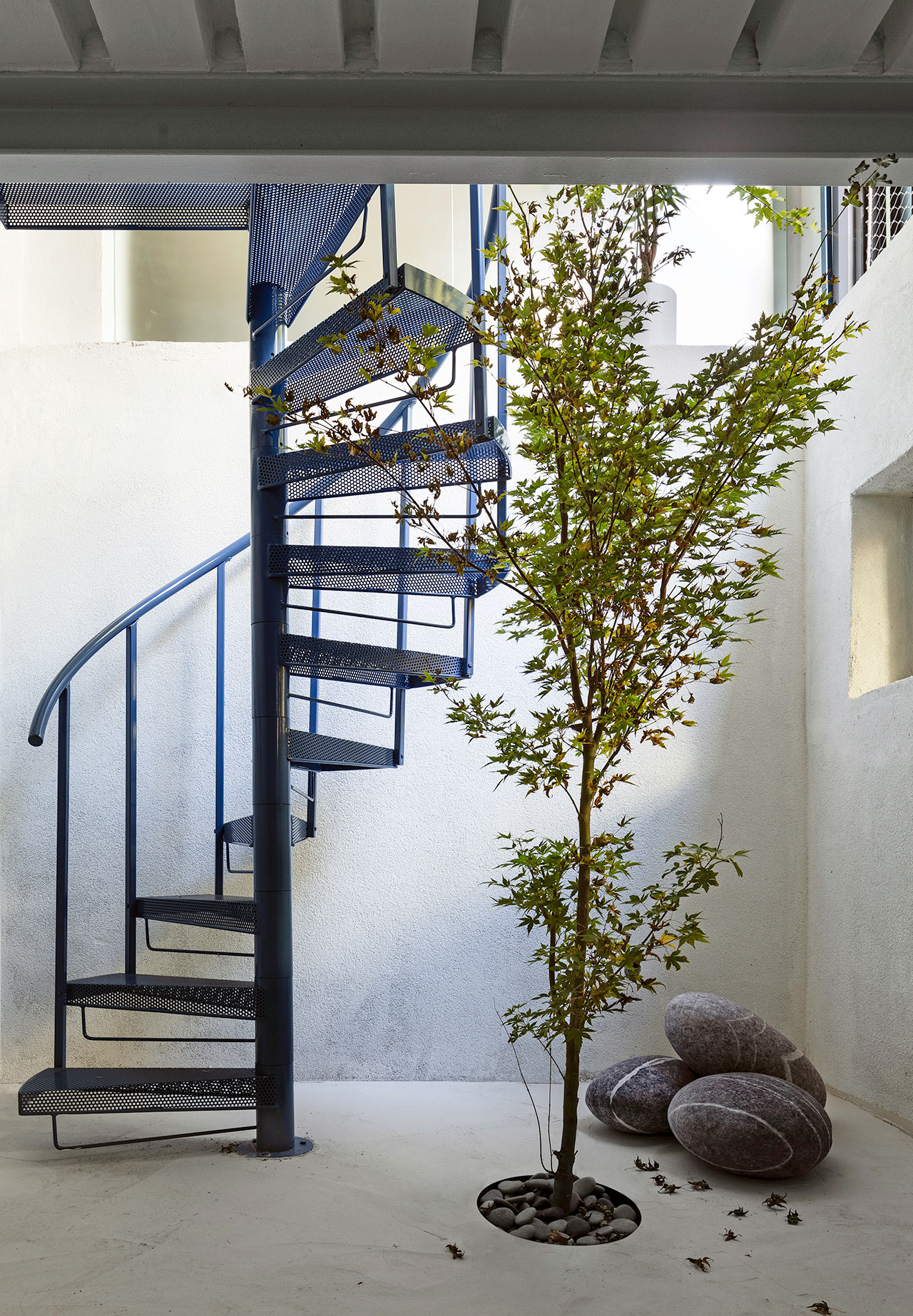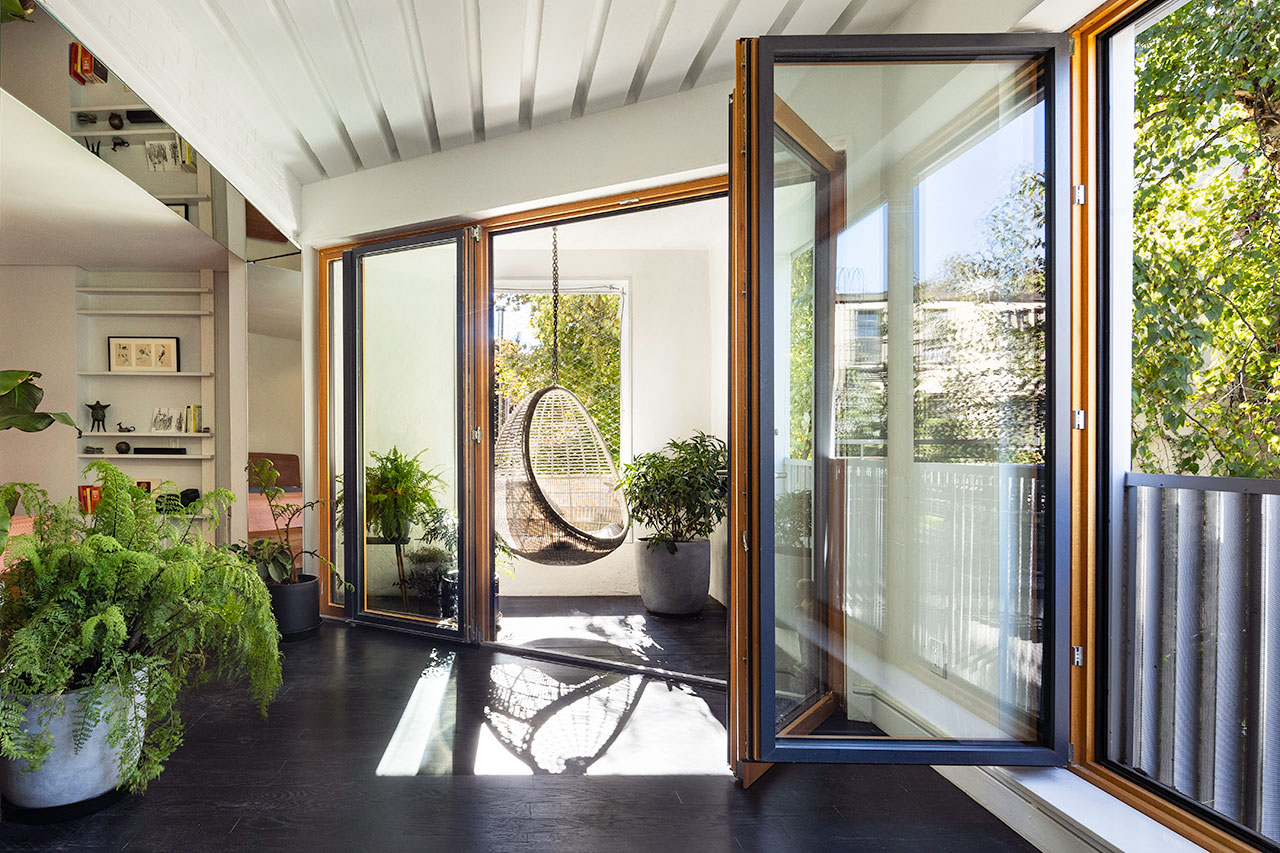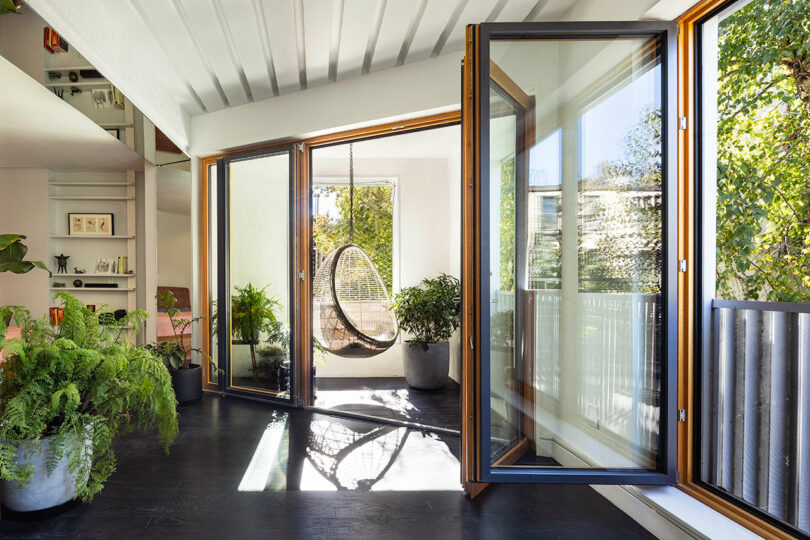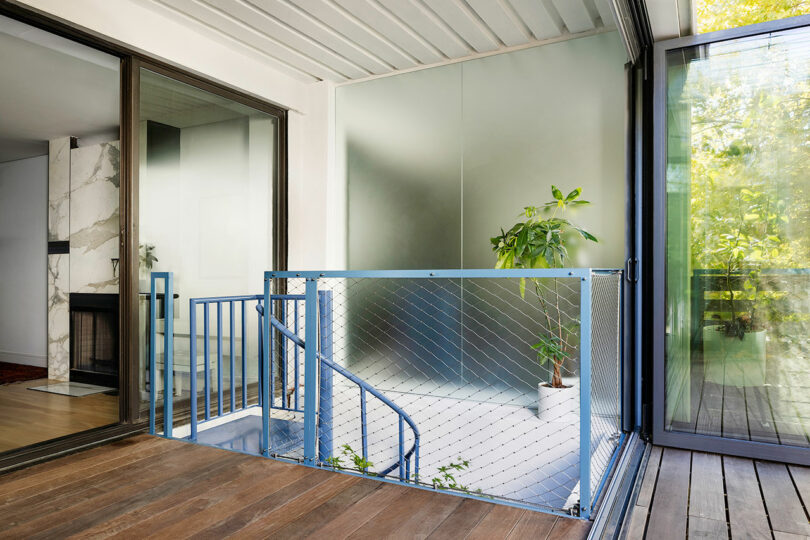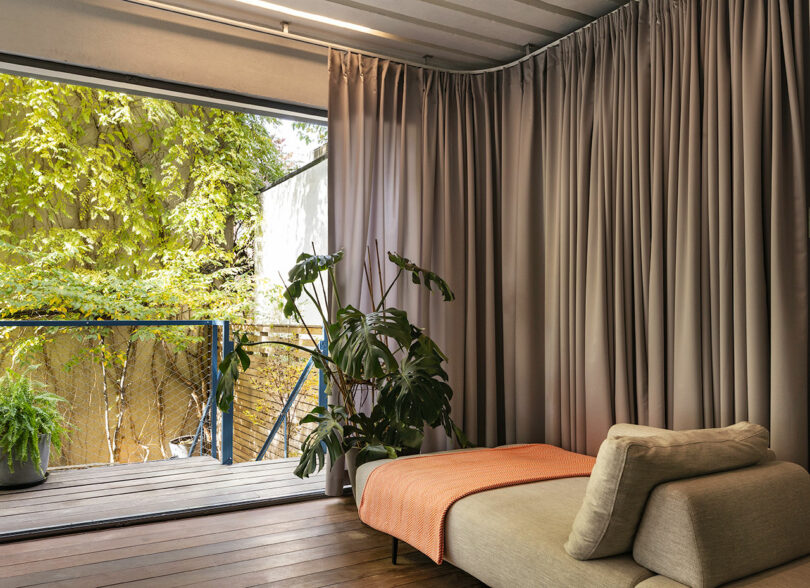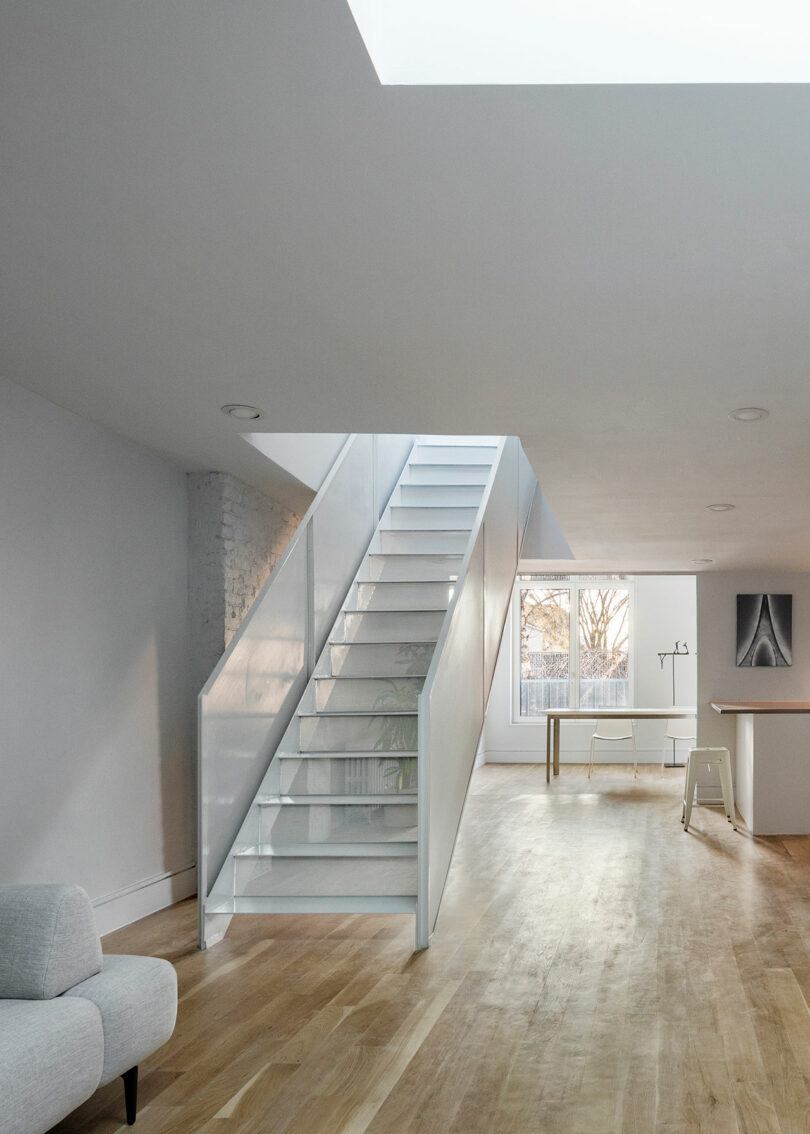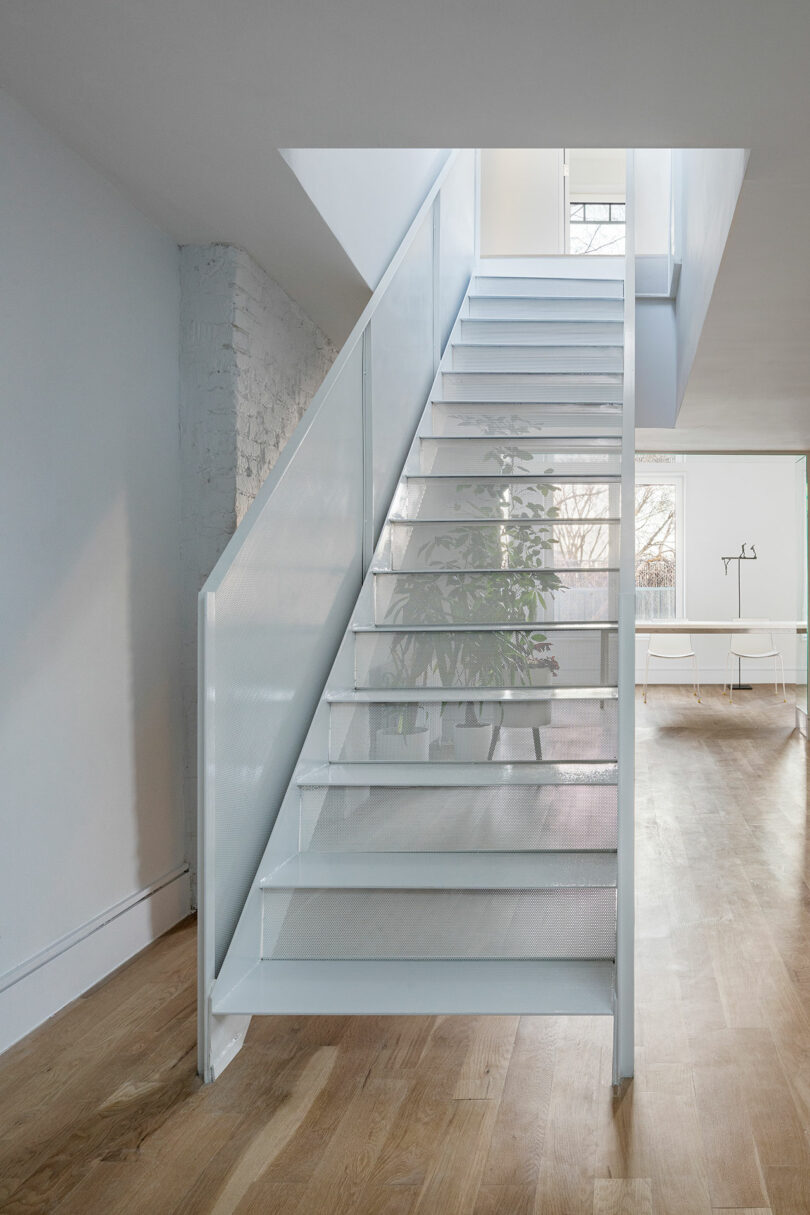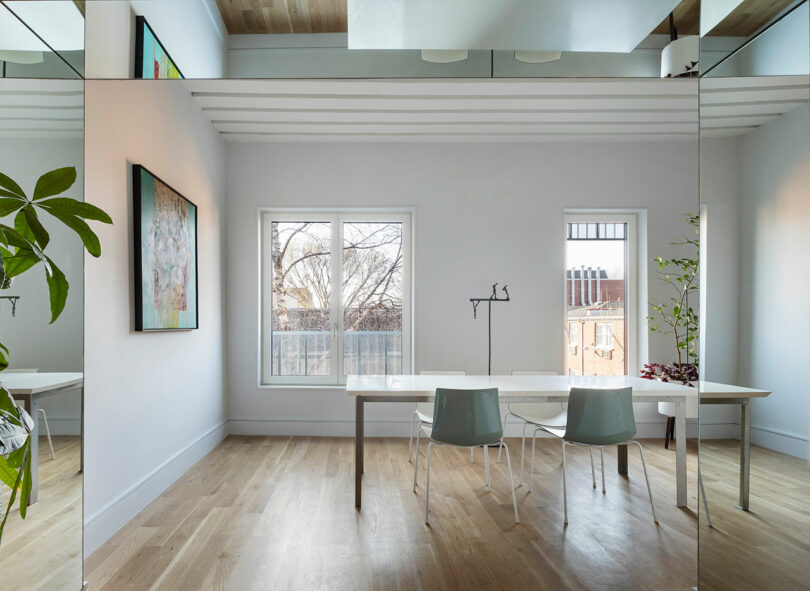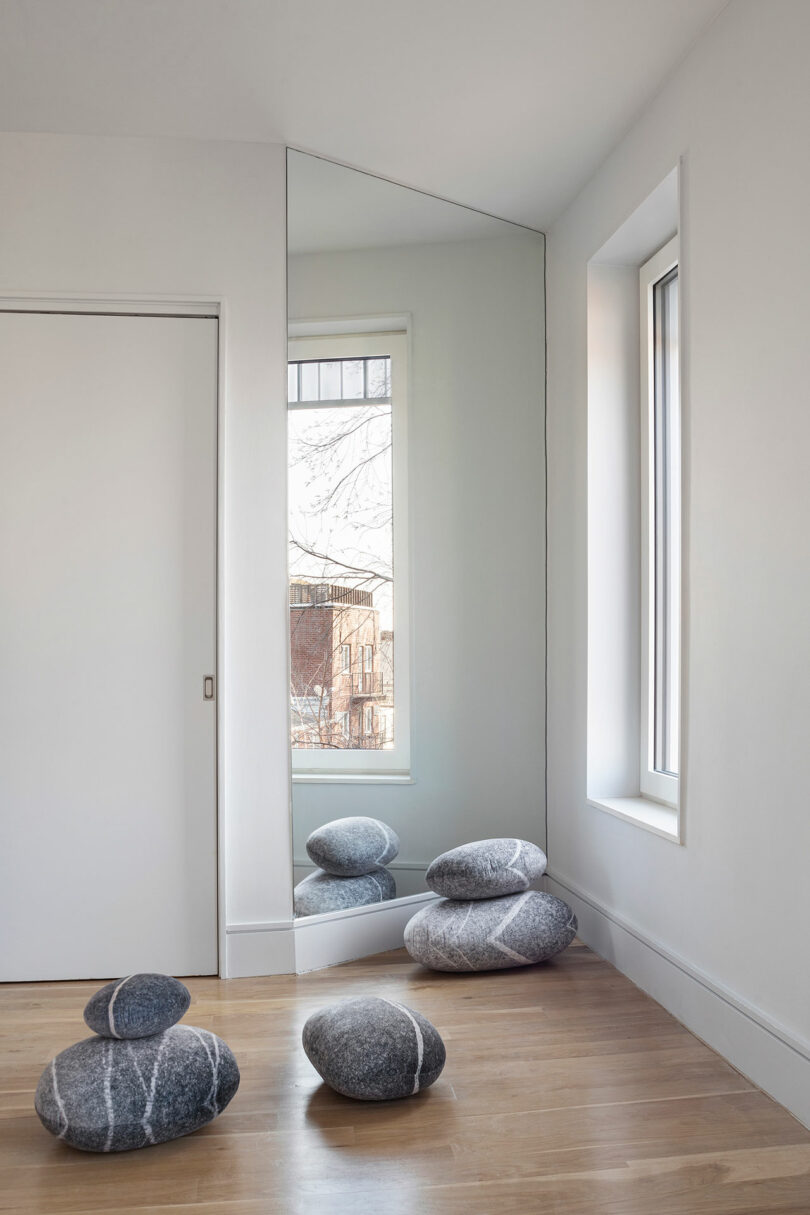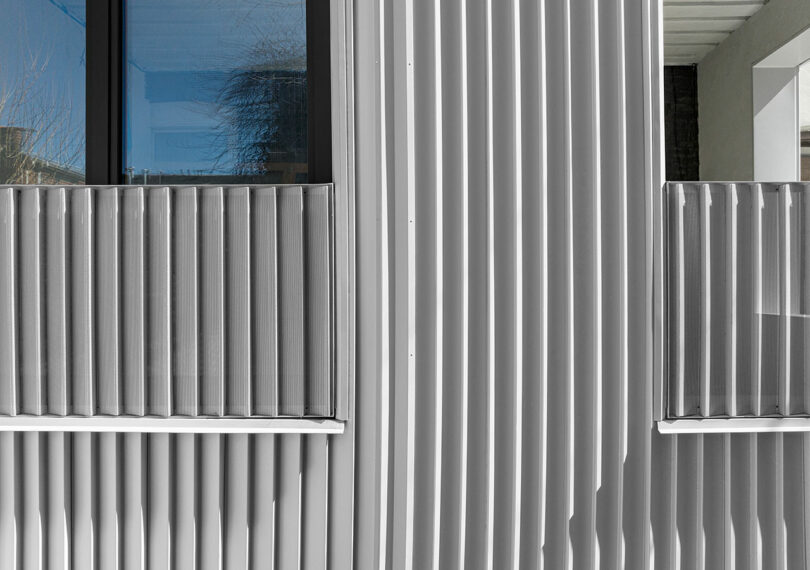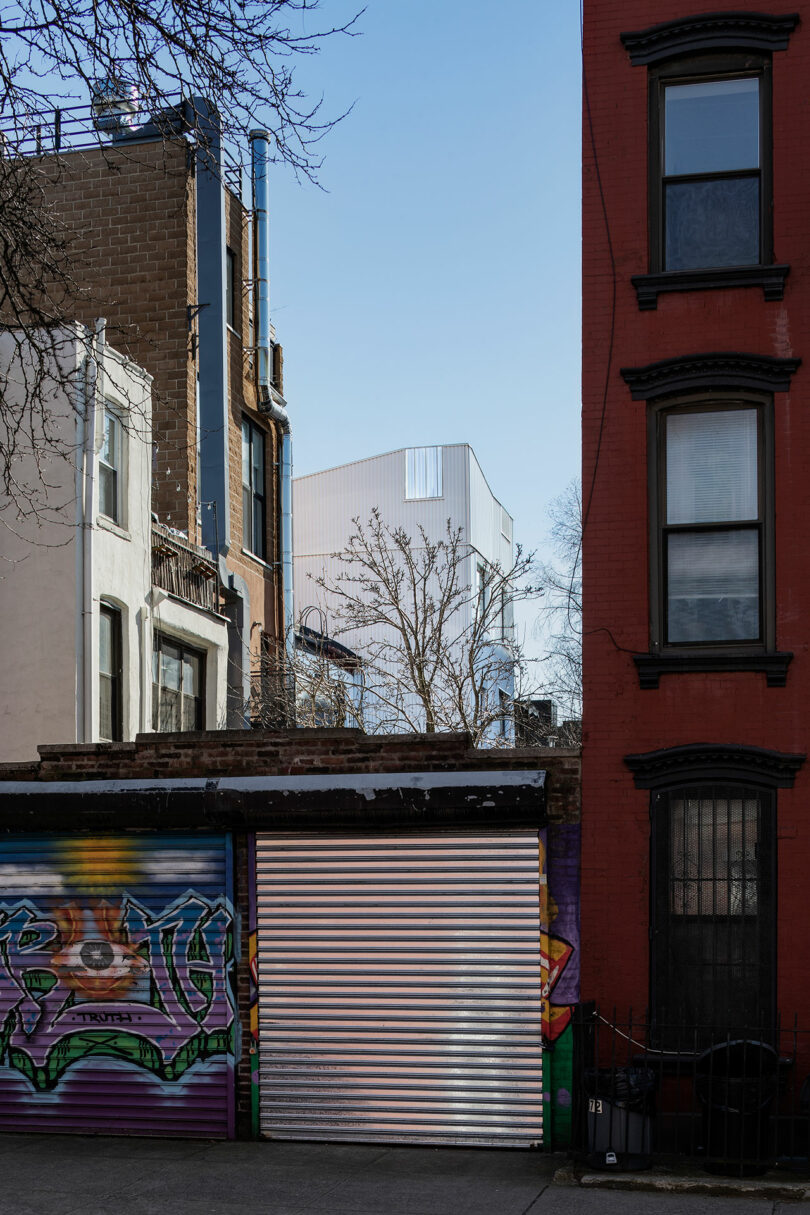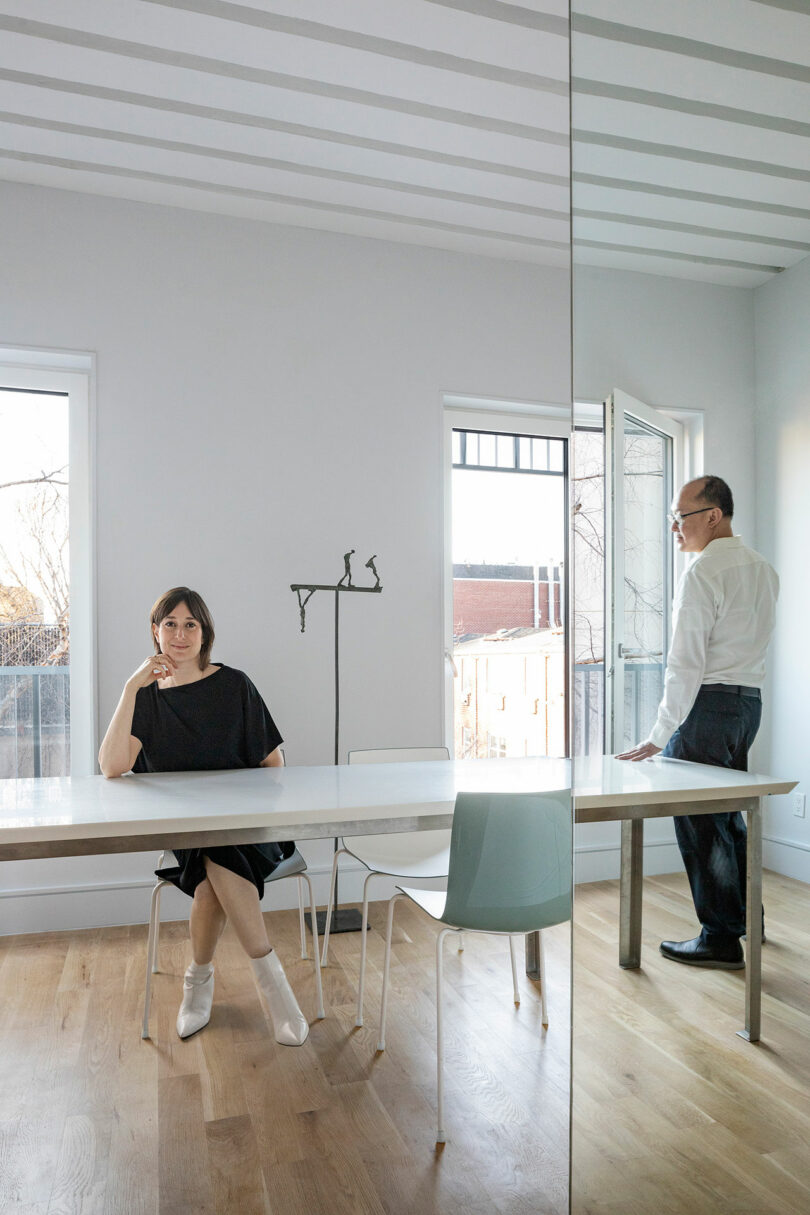
With space being at a premium in most large cities these days, architects are having to think outside the box in order to maximize square footage within limited footprints. Prime example is Mini Tower One, a 3,500-square-foot rear addition and renovation of a multi-family residential building in Brooklyn that reimagines the concept of indoor/outdoor living. Designed by the award-winning interdisciplinary design studio MODU, this project not only expands living space by 30%, but also sets a new standard for flexible residential design.
Mini Tower One’s design philosophy centers around creating a seamless transition between indoor and outdoor spaces. Each floor of the building is extended to include flexible areas that cater to a variety of activities, from living and entertaining to relaxing and enjoying the changing seasons. Key features such as the indoor terrace and all-season room can be enclosed or opened up, allowing residents to immerse themselves throughout the year, no matter the weather, all from the comfort of their home.
A unique example of incorporating biophilic elements indoors that goes beyond adding potted plants to the space is planting a tree right into the home, as seen above, where a tree is planted in the concrete floor. As it grows, the tree with continue sprouting up through the void created by the spiral staircase.
The project, which follows passive house principles, boasts a high-performance building envelope designed to minimize energy consumption, creating an airtight environment during peak heating and cooling seasons. When the weather is mild, large openings invite the outdoors in, fostering a connection to nature without sacrificing energy efficiency.
The building’s innovative threshold areas, such as the indoor terrace and all-weather room, passively cool incoming air, reducing the need for air conditioning during warmer times. This smart design not only enhances indoor comfort but also significantly cuts down on energy use. Features like the edible garden on the roof terrace and the towering 50-foot birch tree in the backyard further emphasize the project’s commitment to nature in the city.
Beyond its architectural ingenuity, Mini Tower One serves as a catalyst for urban planning research led by MODU. This research aims to identify additional sites in New York City where similar multi-family additions can be implemented without necessitating full demolition. The focus is on maximizing available Floor Area Ratio (FAR) in properties with zoning height limitations, insufficient existing structures, or unstable soil conditions. This strategy supports increased density in ‘middle housing’ areas, making such developments accessible to long-time property owners and addressing the challenges of gentrification.
Recently recognized with the 2024 AIANY Design Award, the project seamlessly integrates passive house features – like super-insulated facades and energy recovery ventilation – with cutting-edge solutions such as radiant outdoor heating, an air curtain that opens to the outdoors, and a planted indoor tree for natural air filtration. Remarkably, despite these enhancements, Mini Tower One requires just 12% more energy, which is more than compensated for by rooftop solar panels. This blend of efficiency and innovation positions Mini Tower One as a model for maximizing small urban footprints and creating sustainable, enjoyable living environments.
Photography by Michael Moran.
